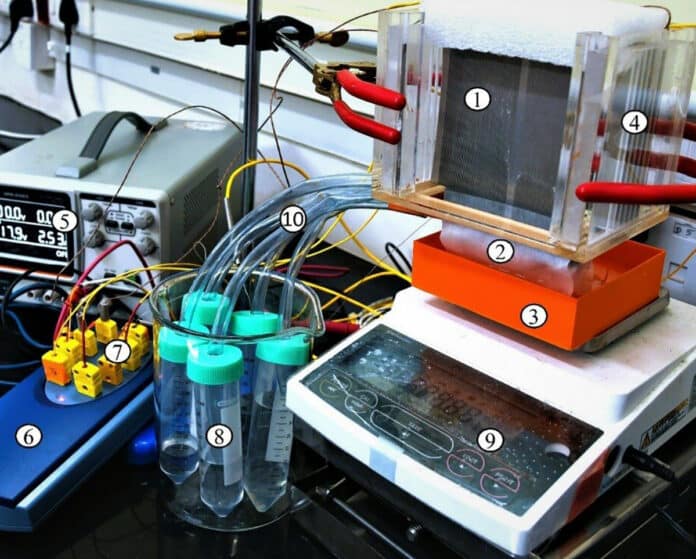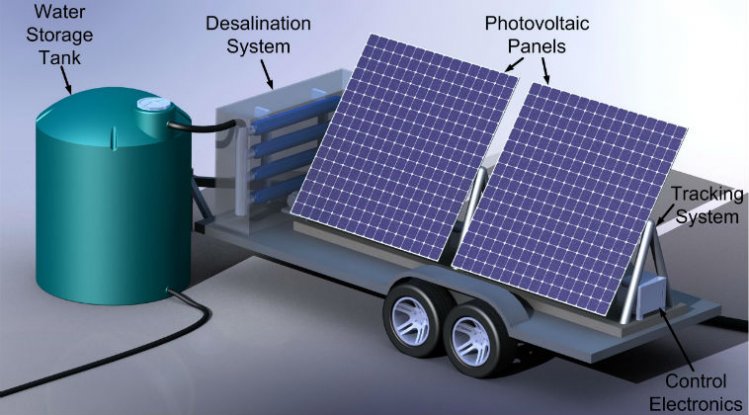powered desalination system for remote areas Circuit Diagram Solar-Powered Water Desalination Science Project: Build and test a solar-powered device for desalinating water and investigate how the color of the bottom of the device affects its efficiency. A completely passive solar-powered desalination system developed by researchers at MIT and in China could provide more than 1.5 gallons of fresh drinking water per hour for every square meter of solar collecting area. Such systems could potentially serve off-grid arid coastal areas to provide an efficient, low-cost water source. Solar desalination is a process that uses solar energy to power the desalination process. This makes it a more affordable and sustainable solution in areas where access to clean water is a challenge. In this post, we will explore everything you need to know about solar desalination.

To make a more efficient and affordable desalination process that is powered by renewable energy, Massachusetts Institute of Technology engineers developed a new type of desalination system that runs with the rhythms of the sun—extracting salt from water using only sunlight at a rate that closely follows changes in solar energy. MIT engineers built a solar-powered desalination system that produces large quantities of clean water despite variations in sunlight throughout the day. Because it requires no extra batteries, it offers a much more affordable way to produce drinking water, compared to other solar-driven designs. Solar desalination units hold a good deal of promise—especially in disaster relief situations—but what if you find yourself stranded without fresh water somewhere near the sea?

Simple, Cheap, and Portable: A Filter Circuit Diagram
The demand for freshwater continues to rise and one promising solution to this problem is solar-powered water desalination. The unit weighs less than 10 kilograms, does not require the use of filters, and can be powered by a small, portable solar panel. A new solar desalination system takes in saltwater and heats it with natural sunlight. The system flushes out accumulated salt, so replacement parts aren't needed often, meaning the system could potentially produce drinking water that is cheaper than tap water.
